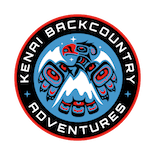CHOOSE YOUR BASE CAMP ADVENTURE BELOW
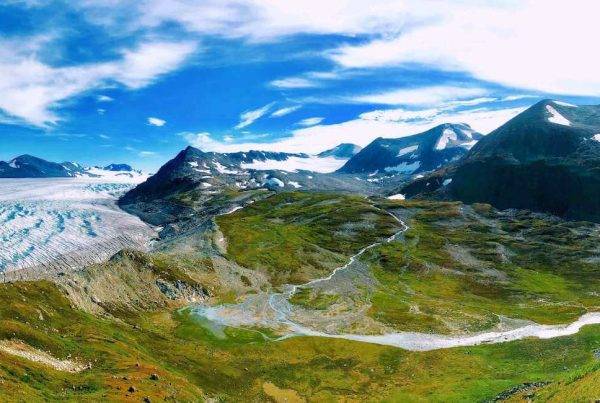
'.get_the_title().'
KENAI MOUNTAINS & GLACIERS BASE CAMP
5-DAYS | KENAI NATIONAL WILDLIFE REFUGE

'.get_the_title().'
ALASKA BEAR SAFARI
A MULTI-DAY LODGE-BASED EXPERIENCE
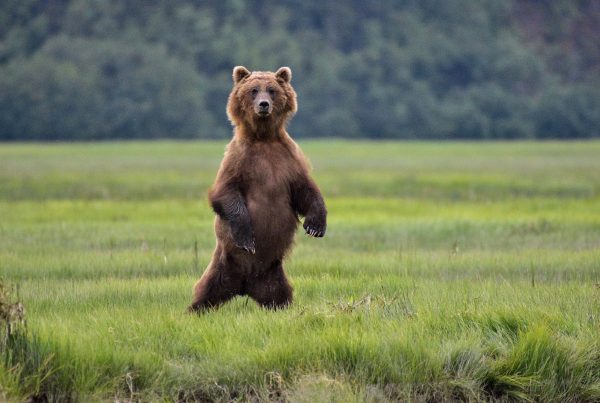
'.get_the_title().'
ALASKA BEARS BASE CAMP
4-DAYS | LAKE CLARK NATIONAL PARK
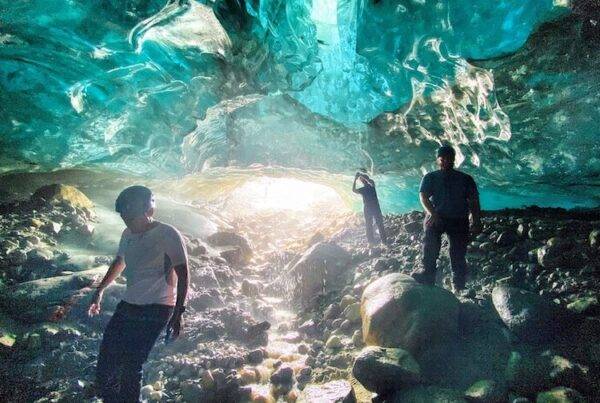
'.get_the_title().'
GLACIER ICE CAVE EXPLORER
5-DAYS | LAKE CLARK NATIONAL PARK
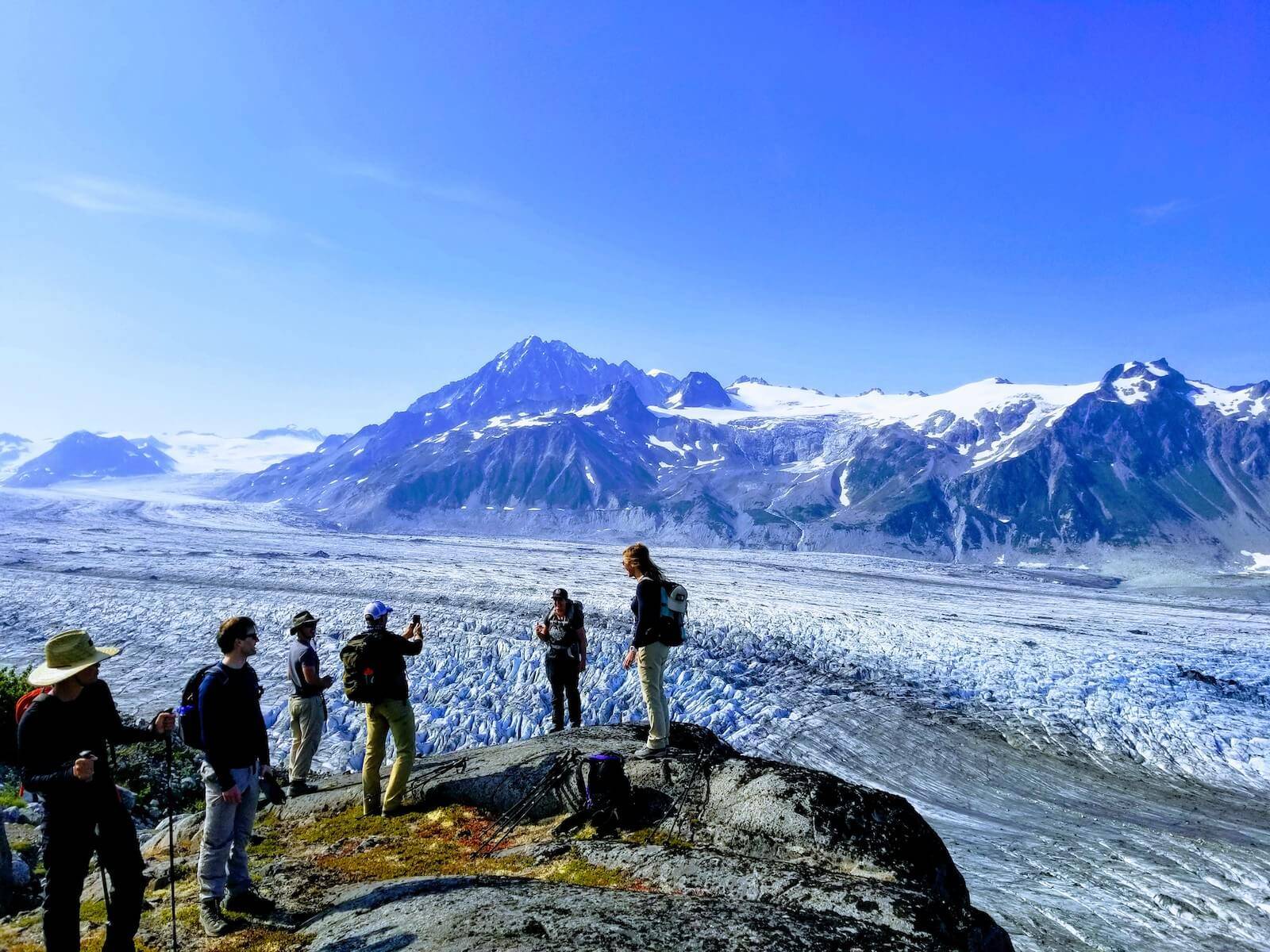
'.get_the_title().'
ALASKA MOUNTAINS & GLACIERS BASE CAMP
5-DAYS | LAKE CLARK NATIONAL PARK
